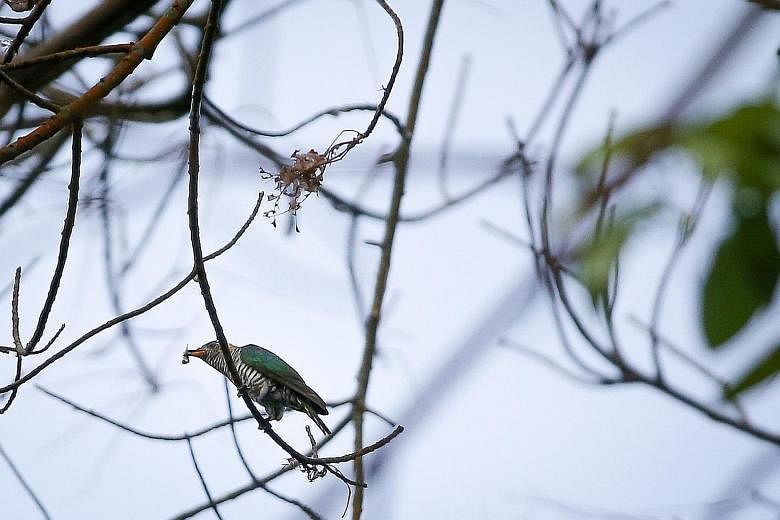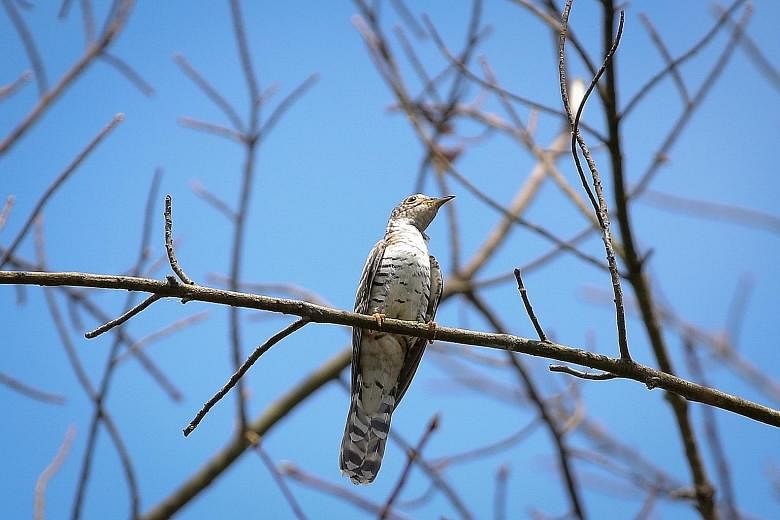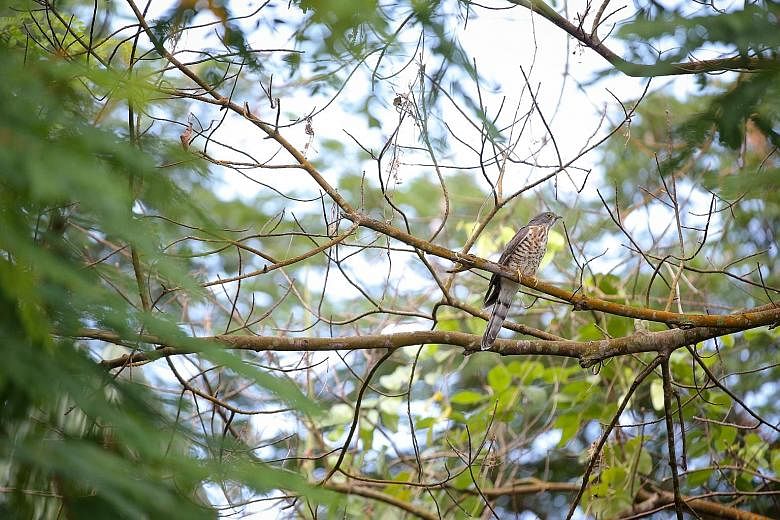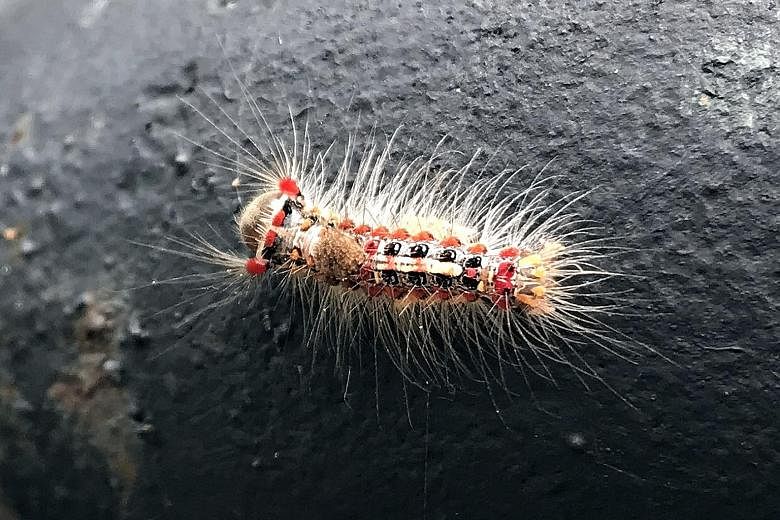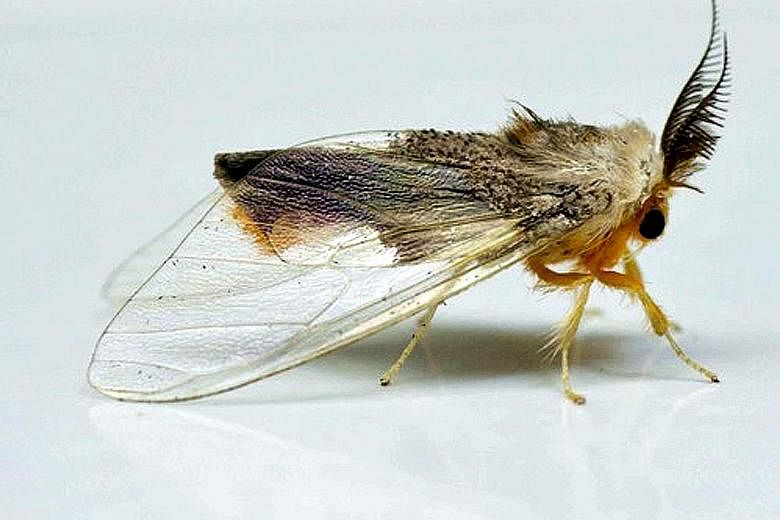This year is off to a good start for bird watchers in Singapore, who recently got a glimpse of a rare bird last seen here more than a decade ago.
Two Asian emerald cuckoos have over the past week been spotted around a particular tree, the Ficus superba, at Sentosa's Fort Siloso, drawing bird photographers to the attraction in droves. The species was last spotted in Upper Seletar Reservoir Park in 2006.
A migratory bird whose feathers have an iridescent jewel green sheen, the Asian emerald cuckoo is likely to have come from as far north as southern China to escape the winter chill, and would likely make its return journey only around March.
When The Straits Times visited the attraction at about 8am last Friday, at least 10 photographers already had their lenses aimed toward the tree. They were not disappointed - the bird made an appearance about an hour later.
But the Asian emerald cuckoo is not the only bird that the photographers were interested in.
Over the past week, the bald tree (Ficus superba) has also drawn a total of five migratory cuckoo species - the large hawk cuckoo, Indian cuckoo, Hodgson's hawk cuckoo, chestnut-winged cuckoo and Asian emerald cuckoo.
Bird scientist David Tan said: "(Having) multiple cuckoo species in a single tree is quite significant, as migratory cuckoos are usually solitary."
The birds were likely to have been massing on that tree due to the sudden appearance of thousands of hairy caterpillars, which are believed to be the young of the clearwing tussock moth (Perina sunda).
Dr Anuj Jain, of the Nature Society (Singapore) and BirdLife International, spotted thousands of caterpillars and pupae below the tree. The emergence of so many of them is unusual in the rainy season, he said. "Usually, we see such numbers of insects after a dry spell, which is when plants expand resources and bloom all at the same time. This is good for insects, and is when their numbers boom."
The hairy caterpillars are colourful but barely the length of a fingernail. Dr Anuj said that the bright colours are indicative of toxins in their caterpillars' bodies. The hair acts as a defence against predators. When touched, it can cause irritation to humans.
Signs have been put up around Fort Siloso by Sentosa Development Corporation, which manages the island, to inform people to keep away from the caterpillars. They highlight too that the caterpillars are in the process of metamorphosis to turn into the winged creatures people are more familiar with.
This is the first time that the corporation has put up such a signboard, he added, as the sudden surge in caterpillar numbers had not been encountered before.
Referring to the bald tree, a Sentosa spokesman said: "As the tree has been shedding leaves and growing new shoots, it has attracted a significant number of caterpillars that feed on them."
WATCH THE VIDEO
Bald tree on Sentosa attracts rare migratory birds: http://str.sg/birdbeacon
